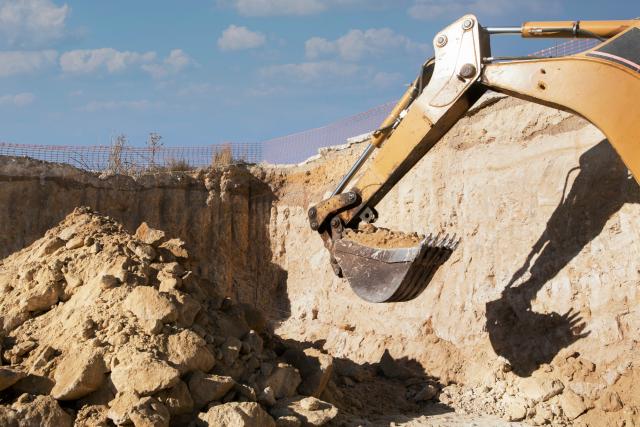
The increasing demand for more sustainability, efficiency, and accuracy in building projects is what is driving the rapid evolution of the trenching industry. From being simple devices used for trench excavation; the trenchers have undergone incredible technological developments over the last few years. These will expand the capacity of trenchers and make them more user-friendly, automated, and environmentally friendly. To delve deep in the trenchers industry, kindly reach out the report published by Coherent Market Insights.
- GPS tracking and automation first.
The most significant innovation in trencher technology is the application of GPS tracking systems and automation. In fact, modern control systems are applied to the trenchers so that digging becomes more accurate. The trenchers can be programmed to dig at a given depth and angle, resulting in less human error in cases and ensuring that the outcome of trenching is reliable. GPS tracking is required for better automation. In such a case, the trenching operation is completed much more quickly and efficiently when done by following predetermined routes with high accuracy. Pipeline construction trenchers may be maneuvered along intricate paths as well, dodging obstructions and exact alignment.
- Eco-friendly trenchers
Manufacturers are striving to manufacture trenchers as more environmentally friendly due to the growing popularity of sustainability in construction. Many of the newly developed trenchers in the last few years have been designed with technologies and fuel-efficient engines that reduce emissions. By burning less fuel and producing less greenhouse gas emissions, these updates reduce the environmental impact of trenching operations. The example of electric trenchers represents an industry trend towards more environmentally friendly solutions. Being able to operate with little or no emissions at all, electric trenchers are becoming increasingly popular, although in their infancy as yet. Perfect for urban projects or environmentally sensitive locations where noise levels and air quality are problems, these machines are ideal for such projects.
- Trencher safety features
Any construction site has to take safety first, and trenchers are implementing new features to make it safer for workers and operators. The most important improvement is the integration of remote-control technology. Now, some of the trenchers can be operated from a safe distance. This means the operator is able to manage the equipment without putting himself or herself in a position where he or she is vulnerable to harm in confined or dangerous areas.Modern trenchers also come equipped with advanced monitoring systems that can even sense any risks, like the breakage of equipment or any uneven ground; they immediately report back to the operators.
- Real time data and Smart trenchers
The intelligent sensors bring trenchers into the IoT world. They collect real-time information about the performance of machines, such as the health of the engine, the fuel level, trench depth, and cutting efficiency. The operators can view the aforementioned parameters from a distance; it becomes easier to catch problems before they become major problems and ensures that the trencher runs at its peak.
This smart technology integration enables predictive maintenance, which reduces repair costs and downtime.
Trencher technological innovations are changing the construction industry to be fast, precise, and environmental-friendly. Automation, use of GPS tracking systems, eco-friendly characteristics, improved safety systems, and smart sensors have transformed trenching operations to be more efficient and environmentally sustainable. These changes are bound to transform future construction needs as the demand for infrastructure develops. The latest trencher technologies help in addressing present needs while maintaining higher efficiency and ensuring minimal impact to the environment be it on house construction, town utility constructions or large-scale pipelines.






